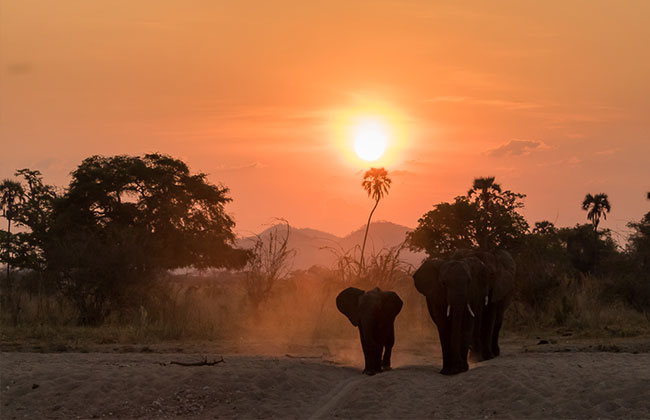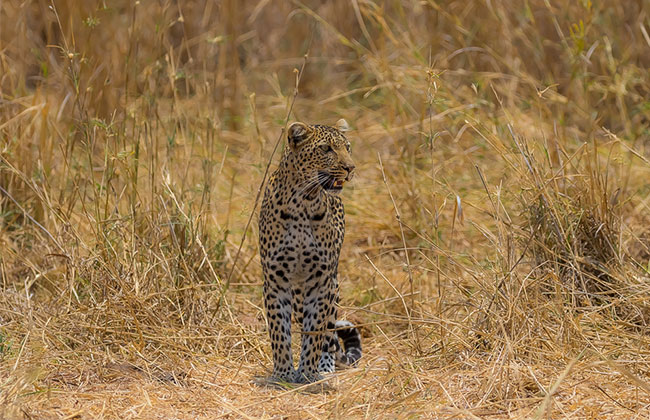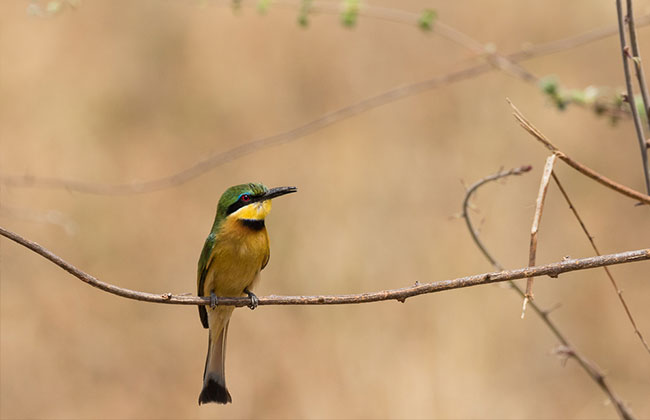Ruaha National Park
Without a doubt, Ruaha National Park is Tanzania’s best kept game viewing secret. With only a handful of camps it is far removed from the hectic Northern Safari Circuit. The park is the largest in Tanzania, at around 20,000 square kilometres. Ruaha National Park contains 10% of the world’s lion population and the third largest population of wild dogs. The park also has a sizeable populations of other predators and prey. Ruaha is a unique and rewarding destination for the safarigoers. The Great Ruaha River is the lifeblood of this massive park. The river provides respite from the hot and dry climate. The large number of animals that come to quench their thirst at the rivers during the dry season is immense. The impressive herds of elephants and buffalos attract the predators. Recently more eco conservative camp collections have set up beautiful accommodations in Ruaha. Top notch guiding, service, and experiences attract more visitors to this slice of paradise. An increase of tourism, leads to more funds for anti-poaching patrols, as well as a more positive human presence.
highlights
The Great Ruaha River & Landscape


Wildlife
Birdlife

Best time to visit

